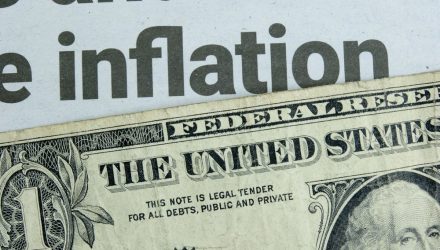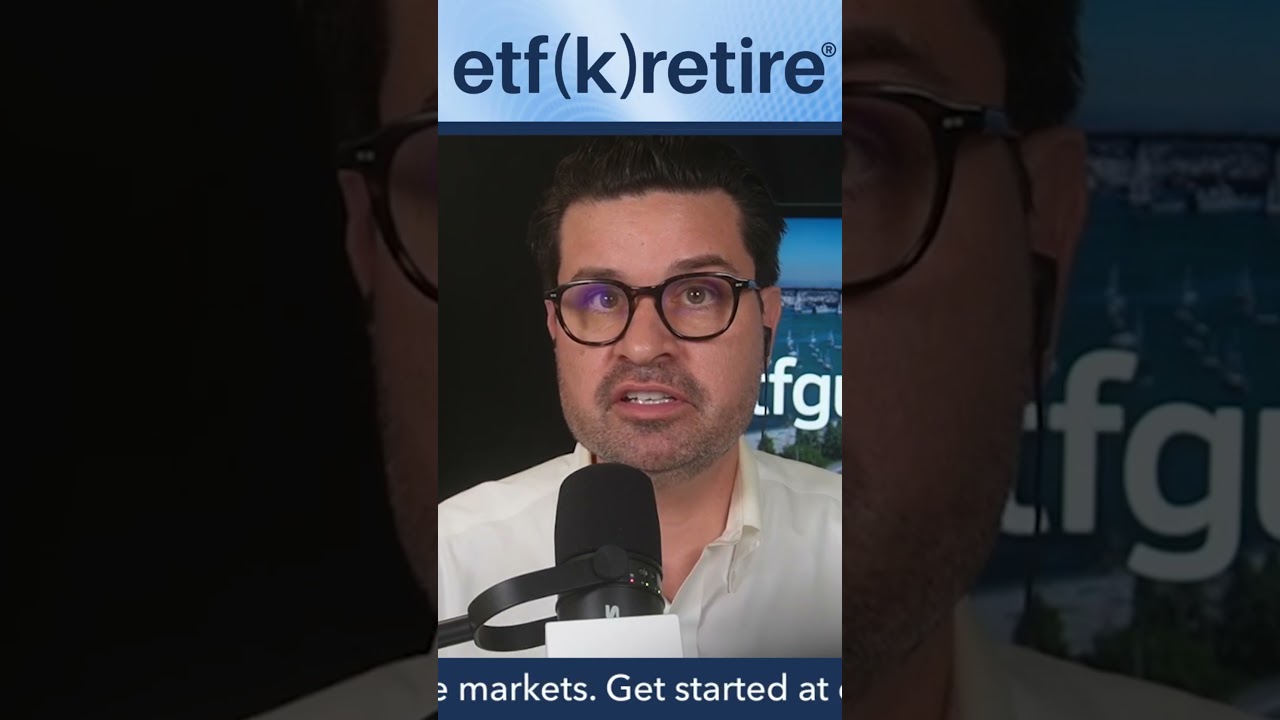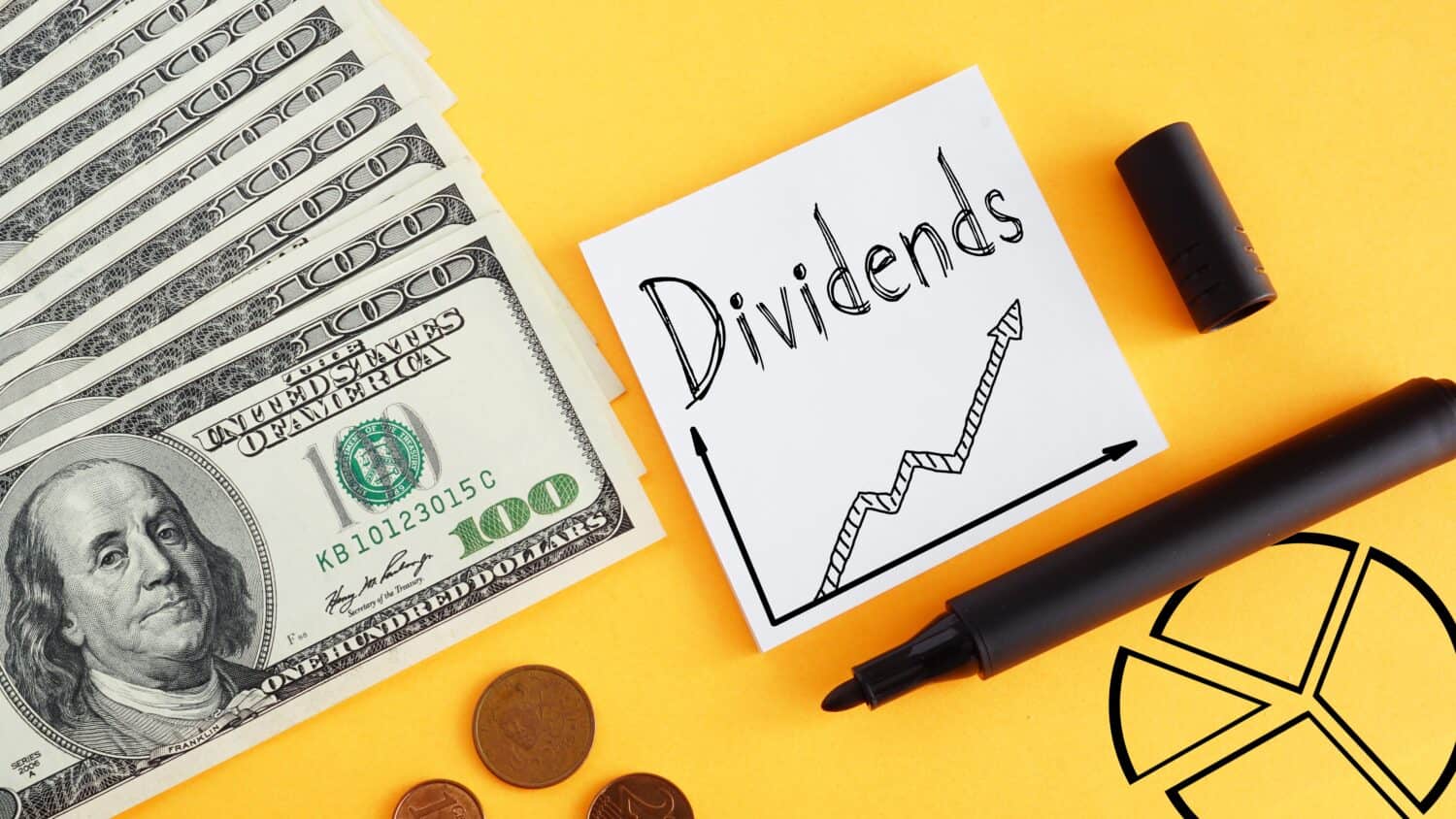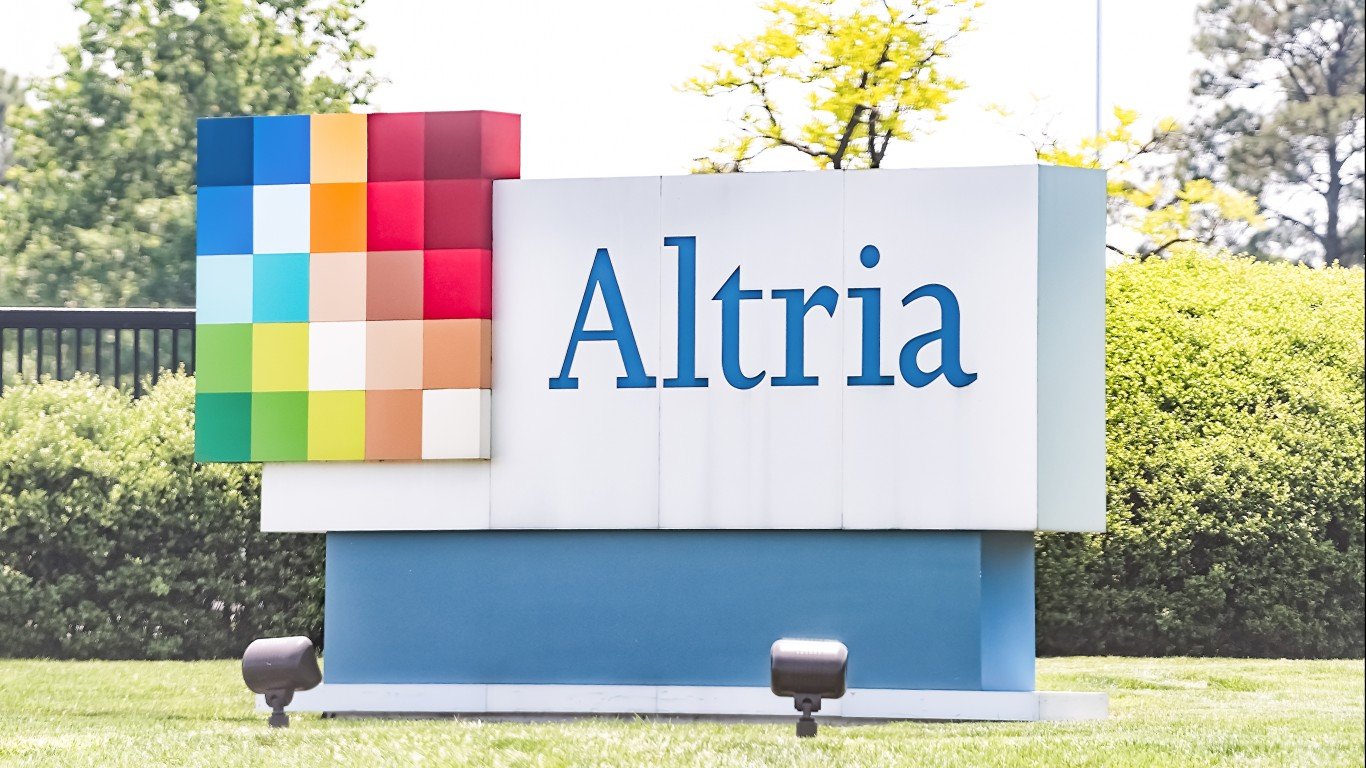2 Monthly Dividend Stocks Spraying Passive Income Around
Looking back on the stock market’s last 100 years, we find dividend investing beats all other stocks. They handily outperform the S&P 500 and have never had a losing decade. It makes sense dividend stocks would be so good. They tend to be profitable businesses that have been through numerous business and economic cycles. Coming […] The post 2 Monthly Dividend Stocks Spraying Passive Income Around appeared first on 24/7 Wall St..

Looking back on the stock market’s last 100 years, we find dividend investing beats all other stocks. They handily outperform the S&P 500 and have never had a losing decade.
It makes sense dividend stocks would be so good. They tend to be profitable businesses that have been through numerous business and economic cycles. Coming through intact, if not better off, they share their success with shareholders.
Wellington Management found stocks with the high yields beat all others 70% of the time. It broke down the stocks into five groups, or quintiles, and learned that those stocks with high and very high dividend yields handily outperformed the other groups.
Investors looking to maximize their dividend income might choose to focus on dividend stocks that pay monthly, whether it’s to help pay your rent or if you just want a regular cash stream. With yields around 5.5% annually, the following pair of monthly dividend payers are a good place to start.
Realty Income (O)
There can be no discussion of monthly dividend stocks without leading off with Realty Income (NYSE:O), the commercial real estate investment trust that kicked off the trend 56 years ago. Since the company’s founding in 1969, Realty Income has made 658 consecutive monthly dividend payments and it has raised the payout for 130 straight quarters since it was listed on the NYSE in 1994.
There’s a reason it bills itself as “The Monthly Dividend Company” and its track record means it is also a Dividend Aristocrat.
The REIT owns 15,621 properties across 89 industries, offering a diverse roster of rock-solid tenants who typically sign long-term, triple-net leases. That means the tenant is responsible for paying taxes, insurance, and maintenance on the property, leaving Realty Income to manage the properties and pocket the consistent cash flows. Among its top tenants are 7-Eleven, Dollar General (NYSE:DG), and FedEx (NYSE:FDX).
Realty Income offers investors a buffer against market downturns, too. Data from Janus Henderson Investors showed that even though REITs saw their stocks witness dramatic devaluations during the dramatic interest rate runup by the Federal Reerve — O stock lost more than a third of its value — its earnings actually grew 18% over that same time frame.
Realty Income has expanded into the fast-growing data center market, as well as into Europe, with stable top-notch tenants such as ASDA, Sainsbury, and Tesco. The monthly REIT’s dividend yields 5.5% with O stock generating 13.4% total returns since it went public.
Main Street Capital (MAIN)
Main Street Capital (NYSE:MAIN) is a business development company (BDC), or a REIT that invests early in small- or mid-market growth companies to capitalize on their potential. It is one of the oldest BDCs and is considered at the top of its class with over $8.1 billion in assets under management..
What separates Main Street from many of its peers is it pays a monthly dividend as well as a special dividend twice a year. Like Realty Income, the REIT also has a long, uninterrupted stream of dividend payments since making its first payment in 2007.
There is one caveat, though. Main Street suspended its special dividend payments during the pandemic, though it continued to pay and grow its regular dividend payment. While the regular dividend yields 5.4%, combined with the special dividend, MAIN’s payout yields a combined 7.7% annually. Since 2007, the dividend has grown 127% cumulatively through the second quarter of 2025.
Main Street Capital hass 190 companies in its investment portfolio with an average investment size of just $21.5 million, limiting its risk if any one (or a couple of them) go under. The fair value of the businesses are 116% of their cost basis.
Beginning with its initial public offering, MAIN stock has generated cumulative total returns of 1,553% for shareholders versus a 430% return for the S&P 500. In contrast, the S&P BDC Index has generated cumulative losses of over 47% during that time.
With a payout ratio of 63%, Main Street Capital’s dividend is safe and has room for further increases for years to come.
The post 2 Monthly Dividend Stocks Spraying Passive Income Around appeared first on 24/7 Wall St..





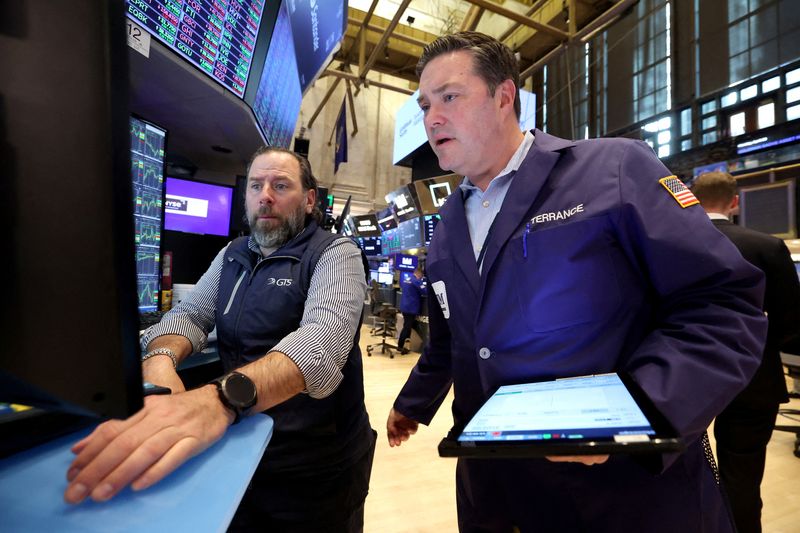
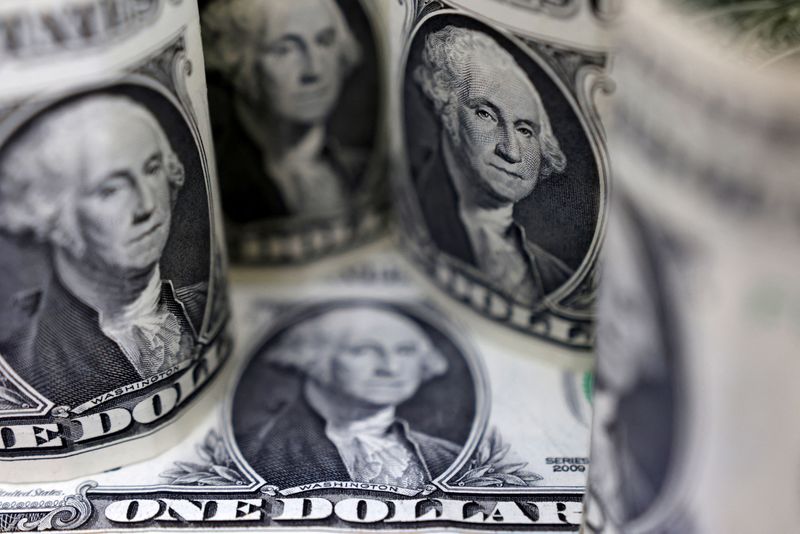












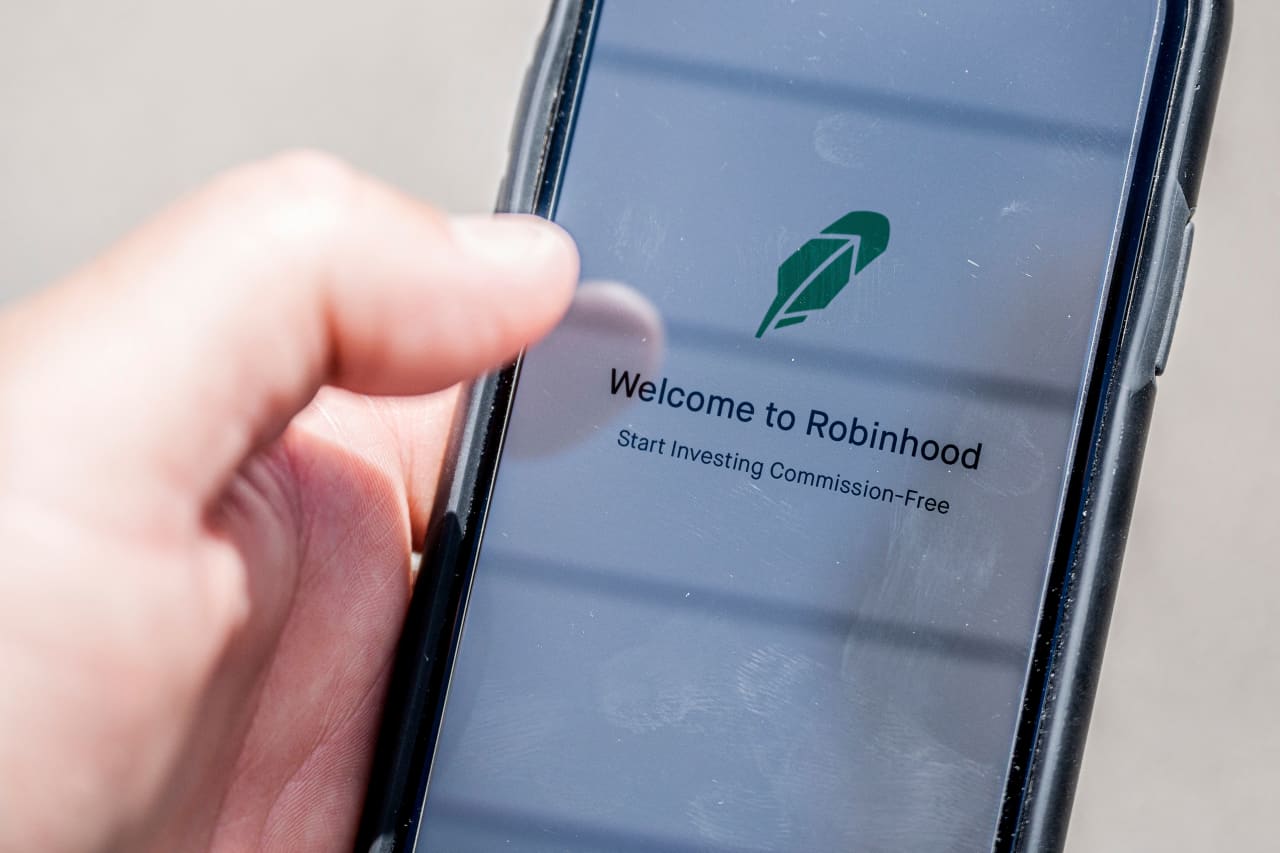





















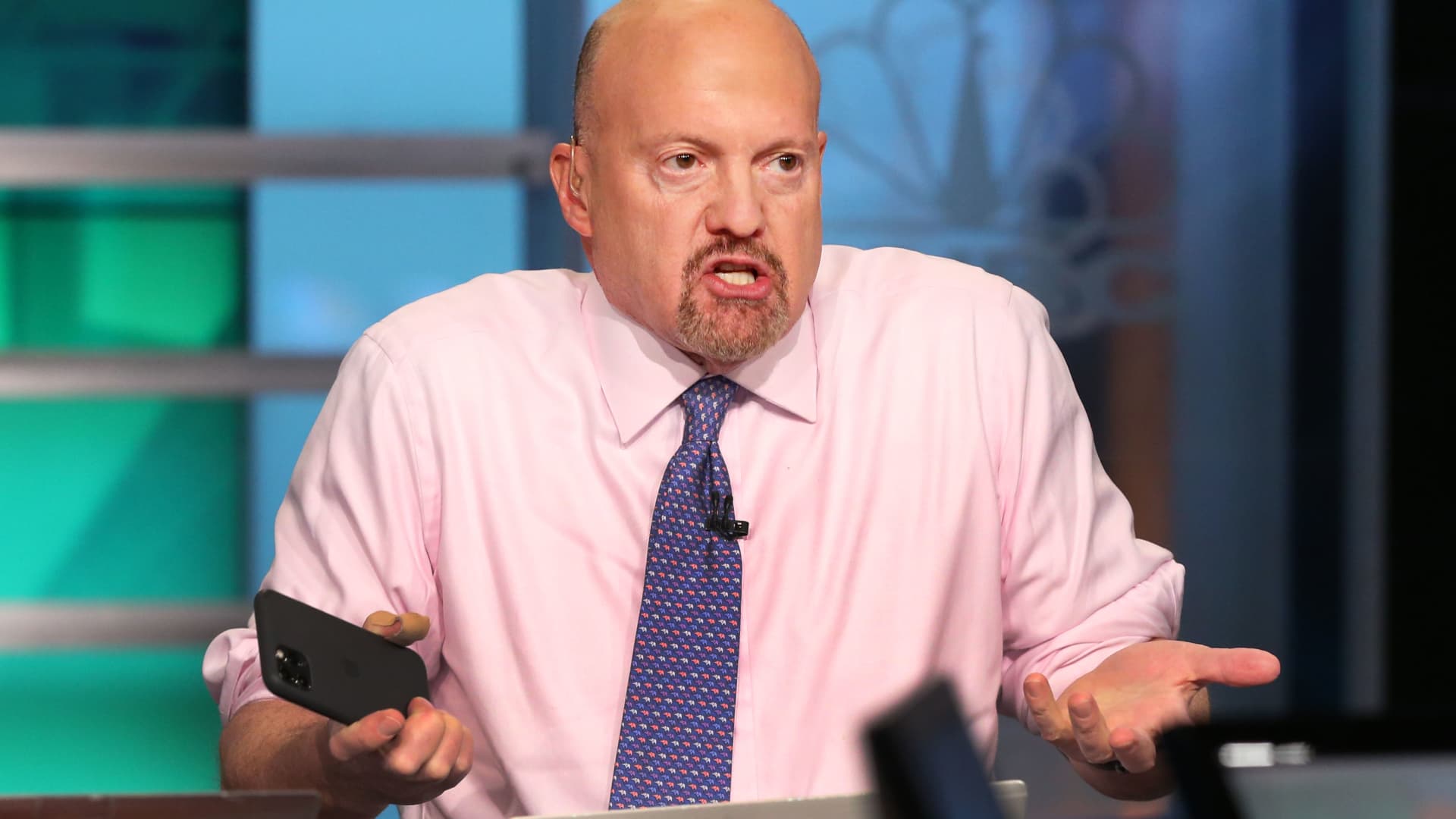







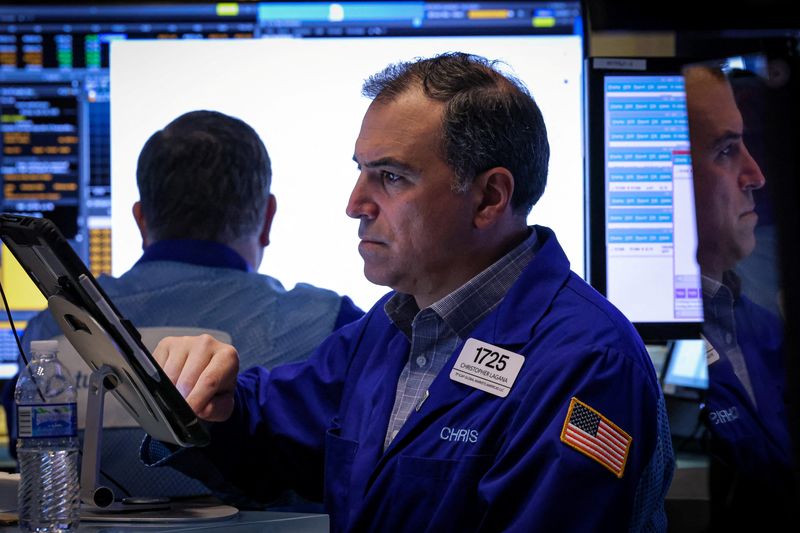




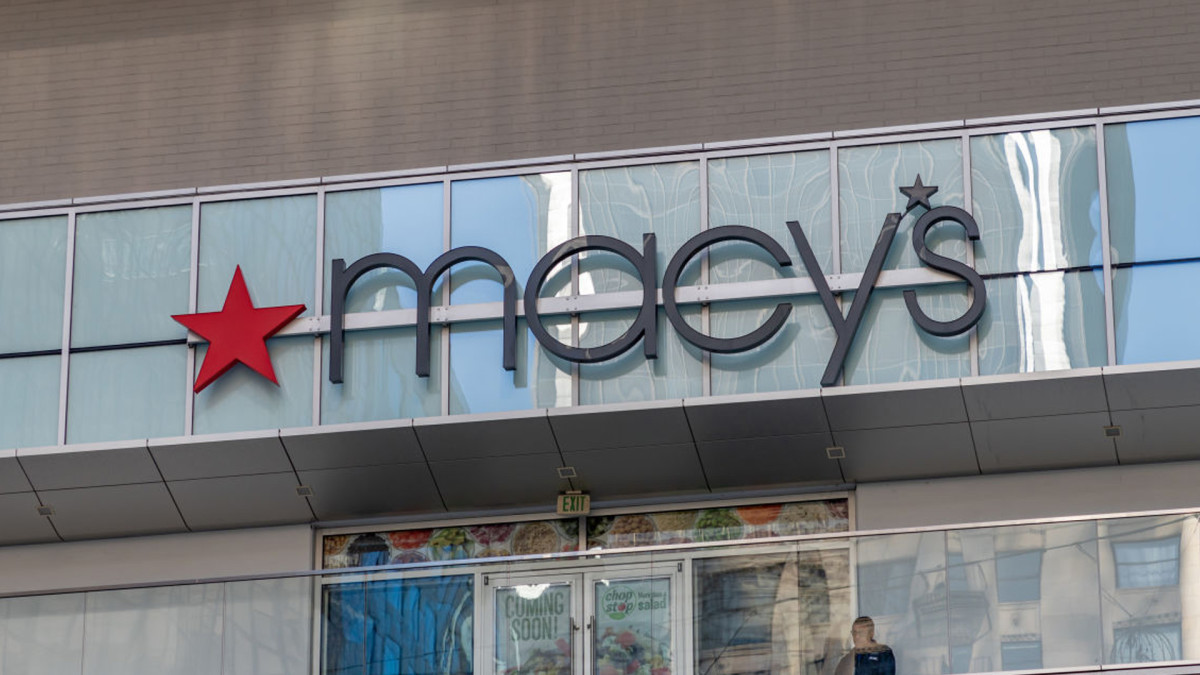

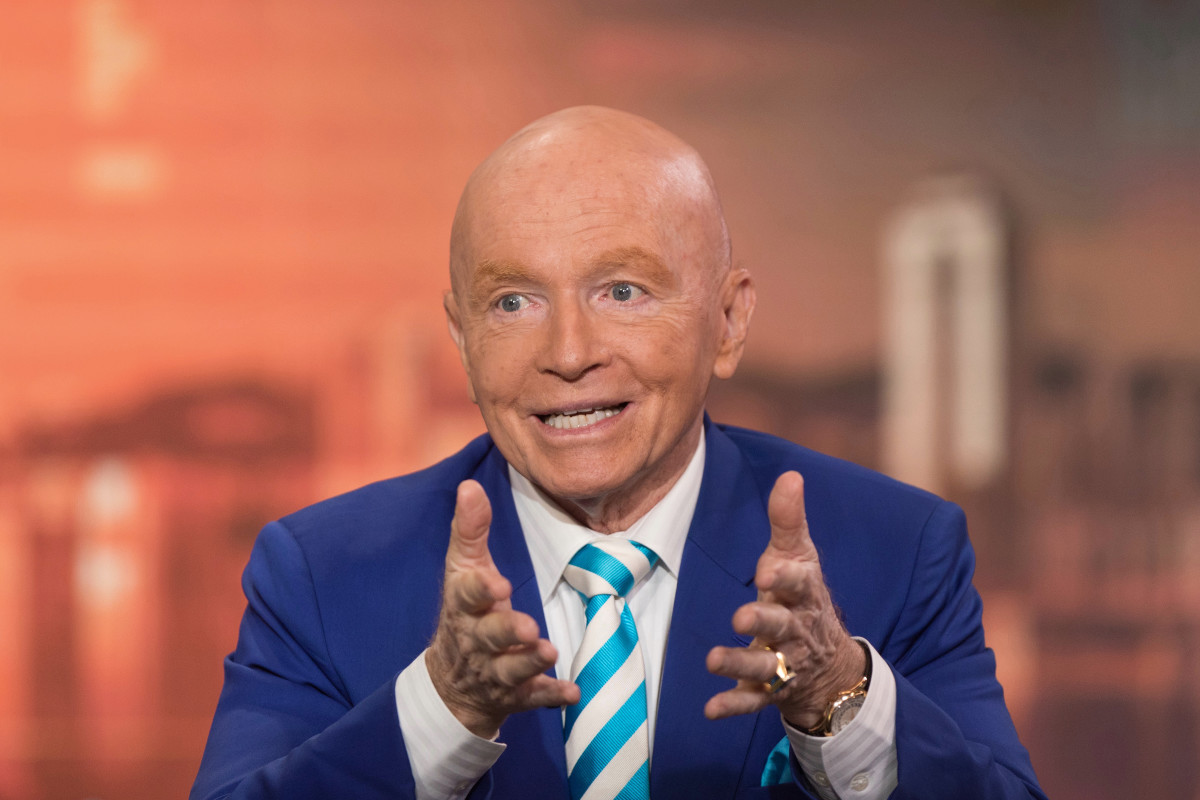









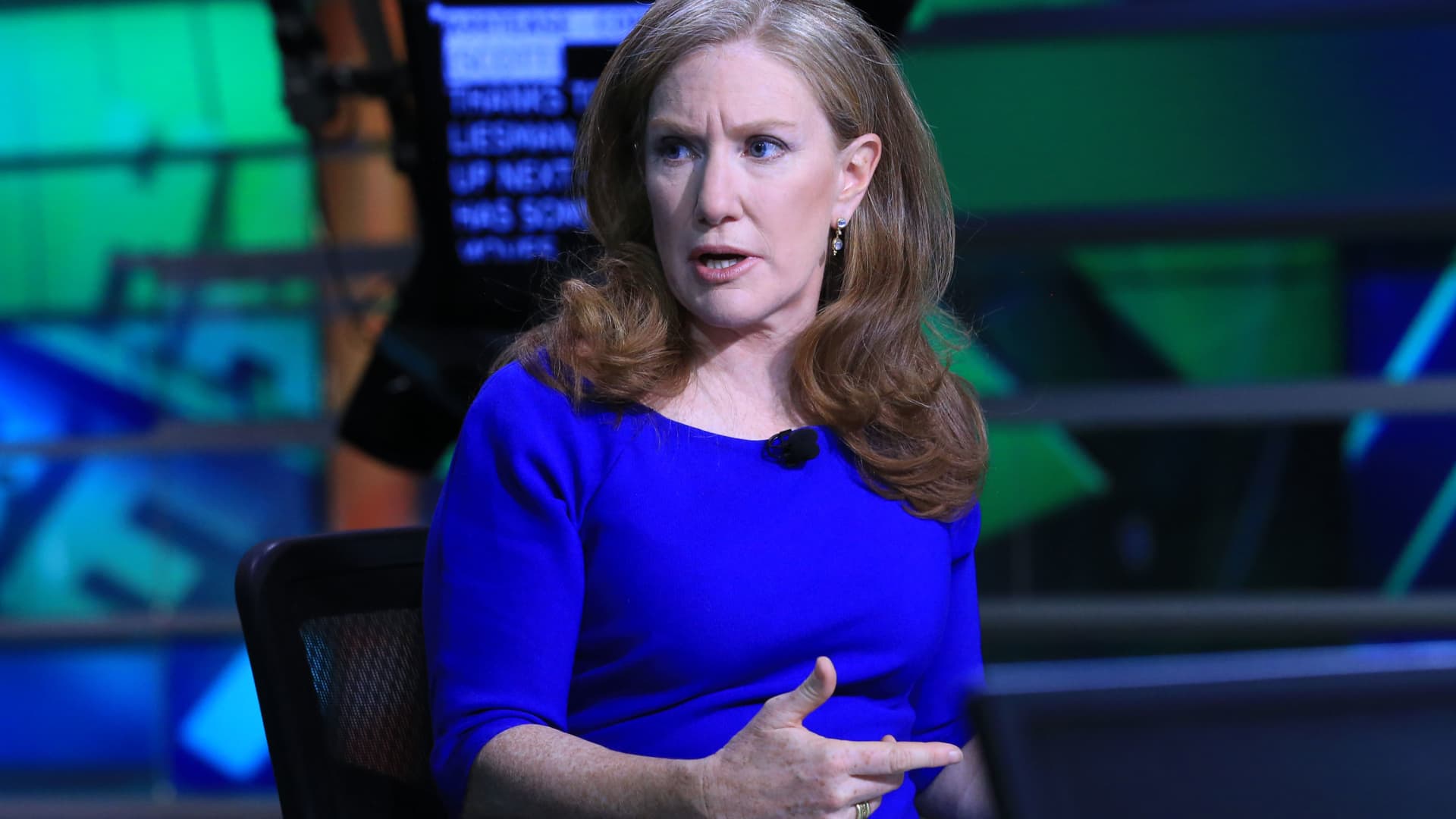













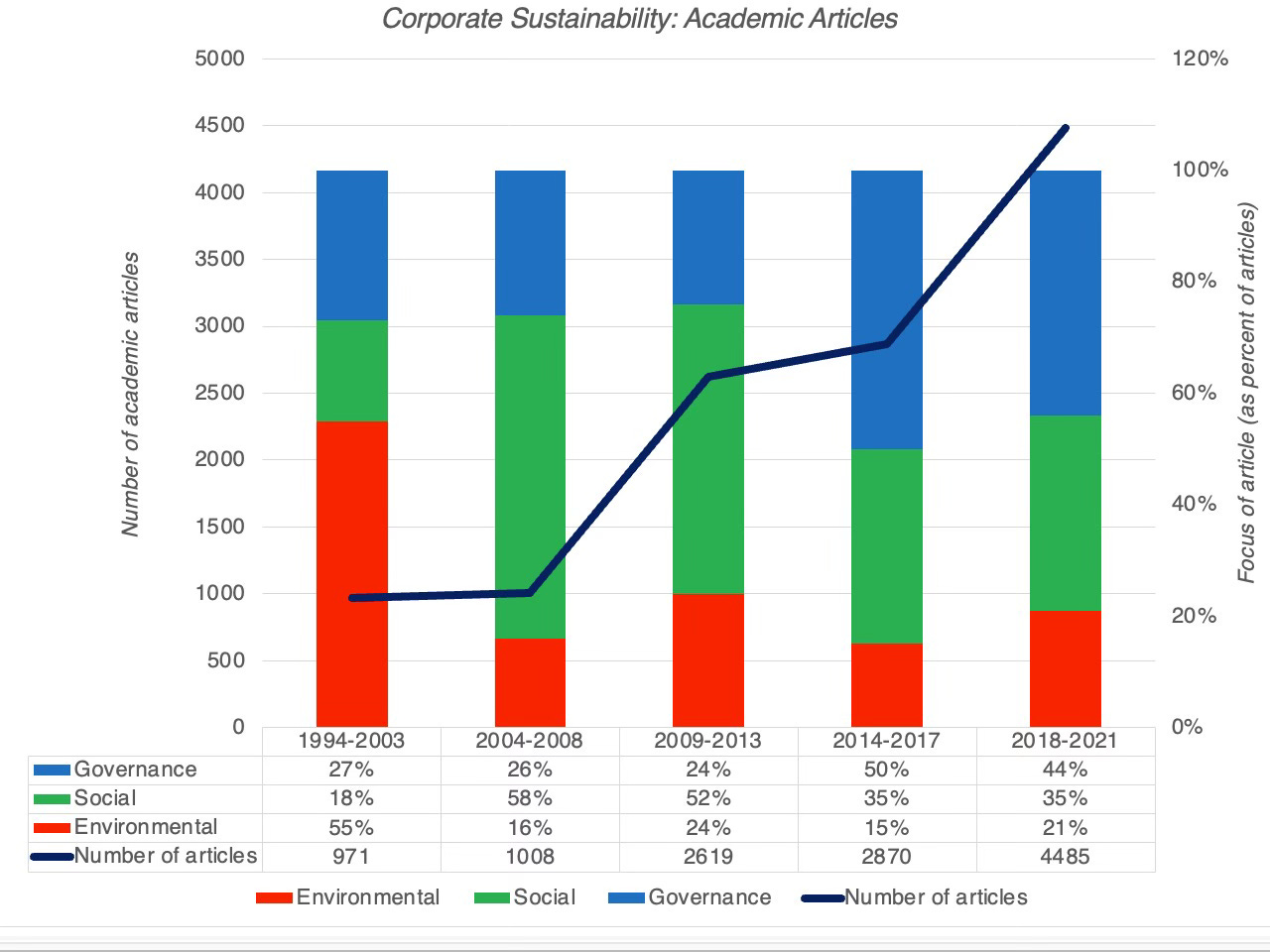



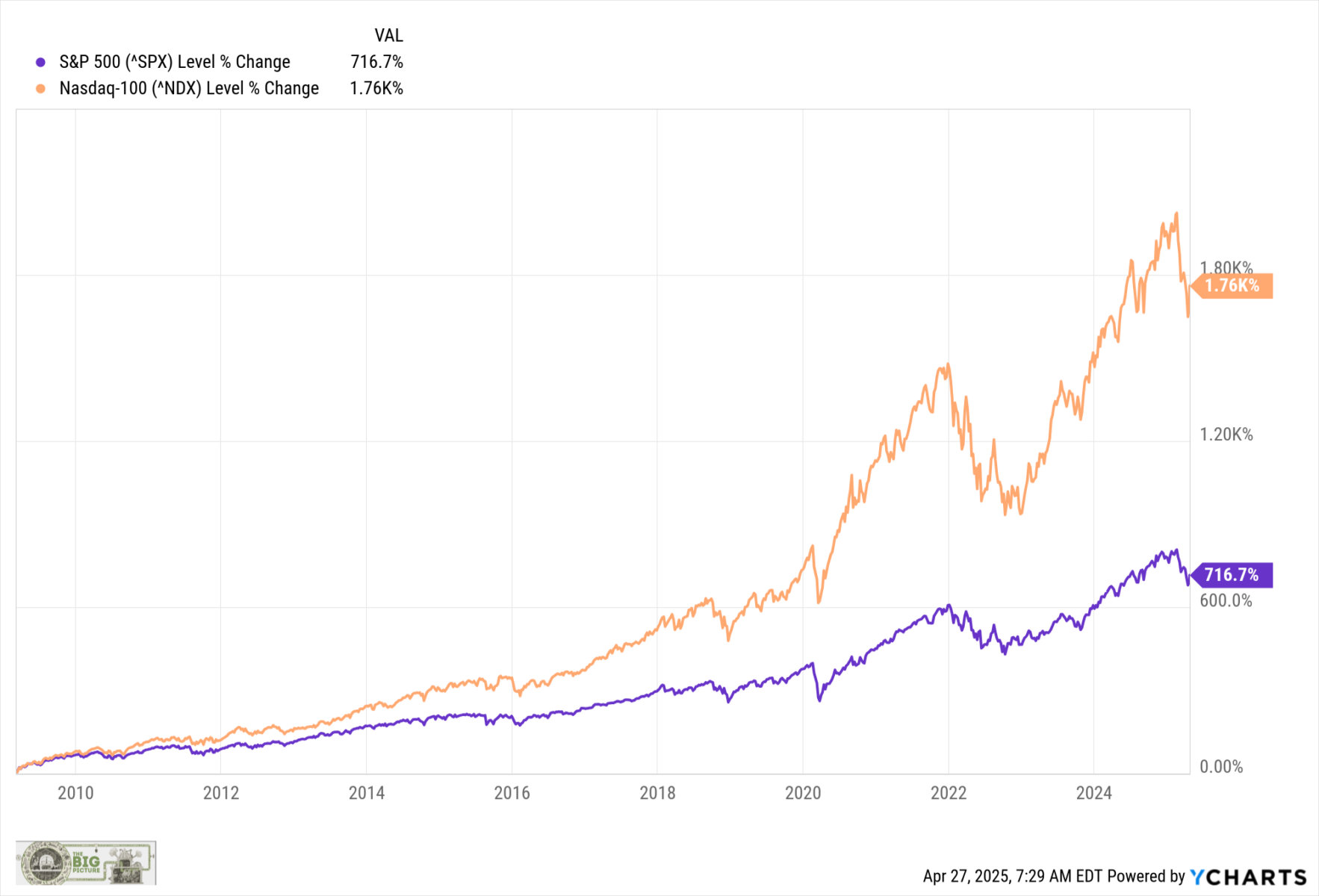

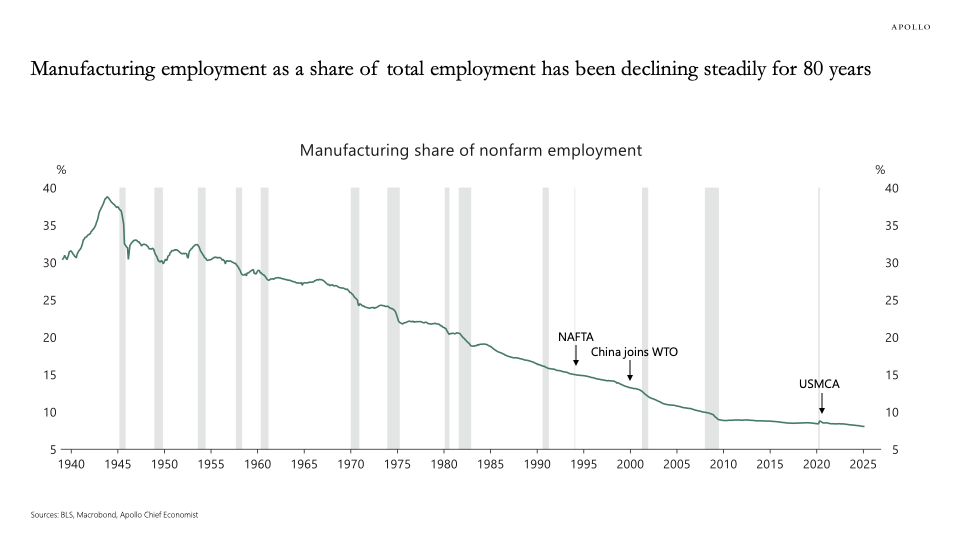















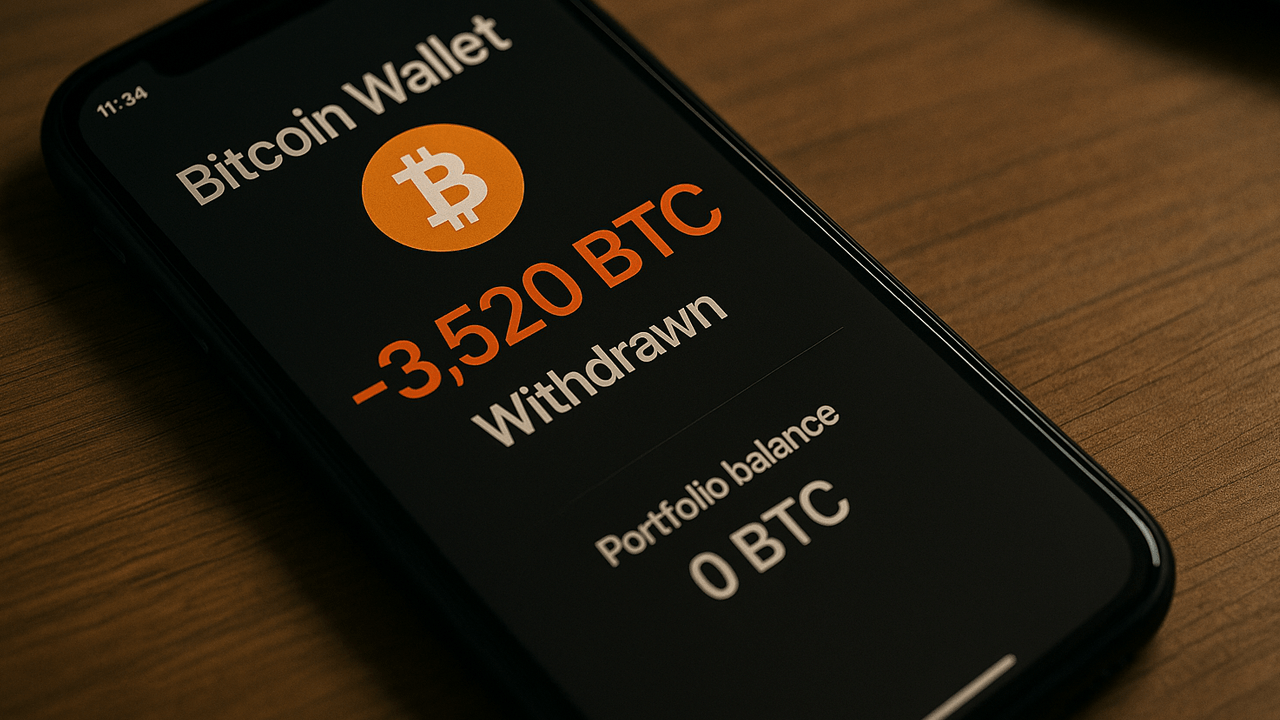


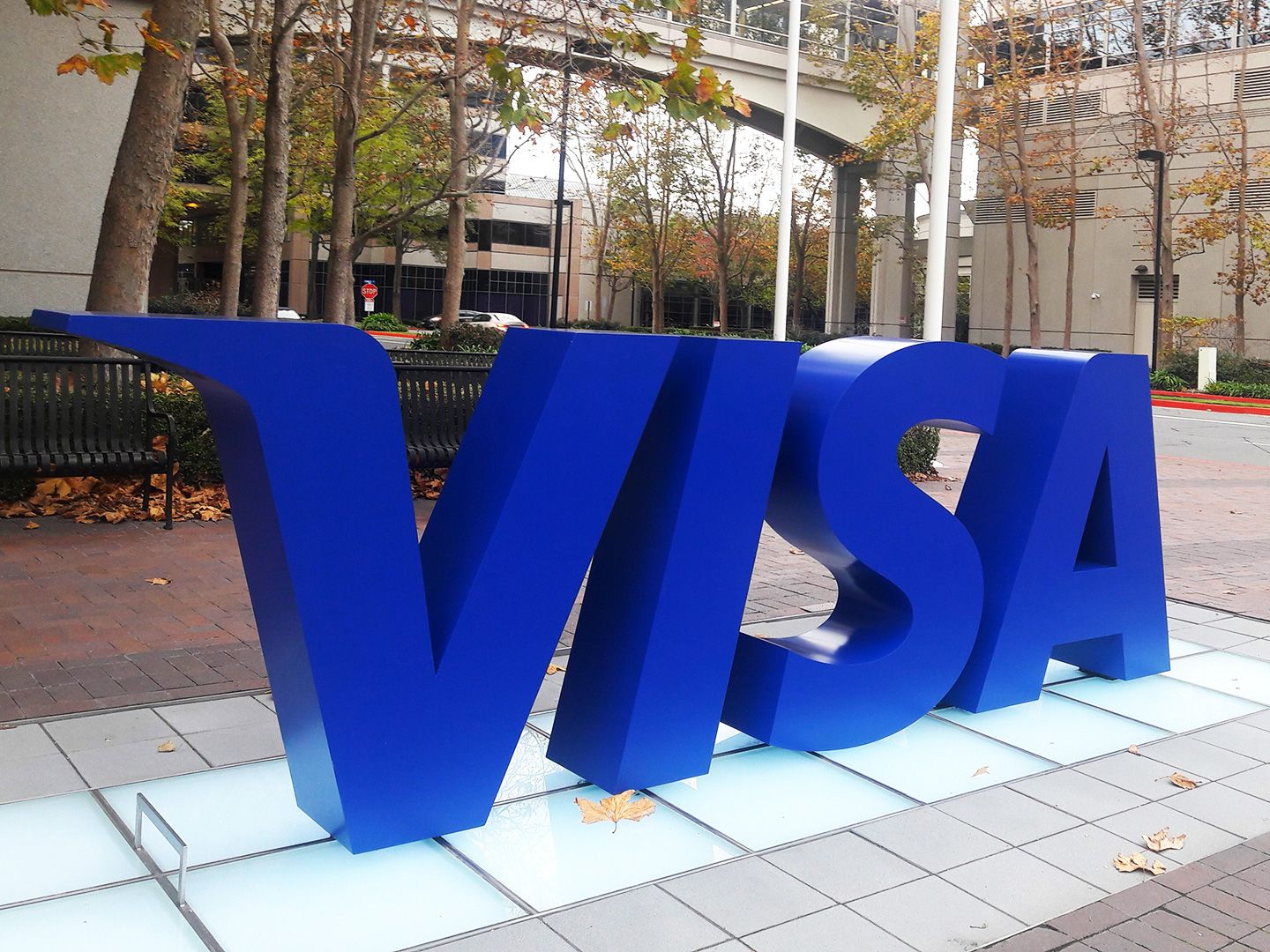










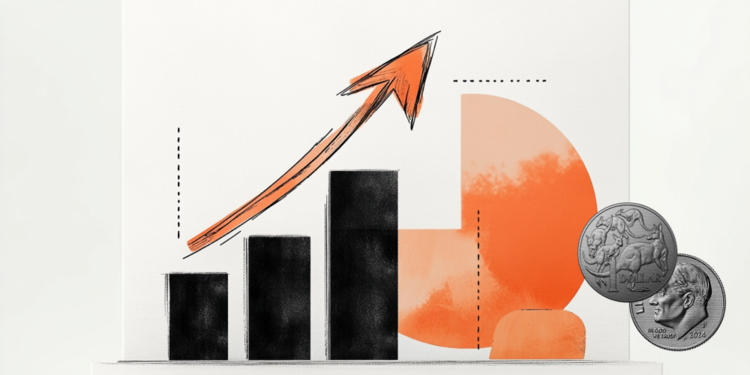

















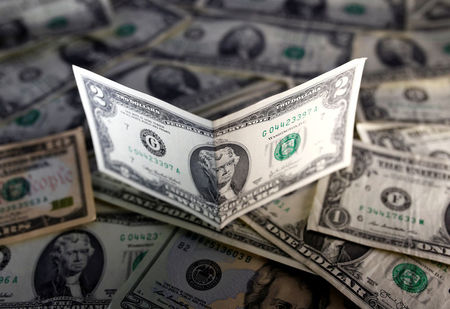






-logo-1200x675.png?v=20240521153233&w=240&h=240&zc=2)





